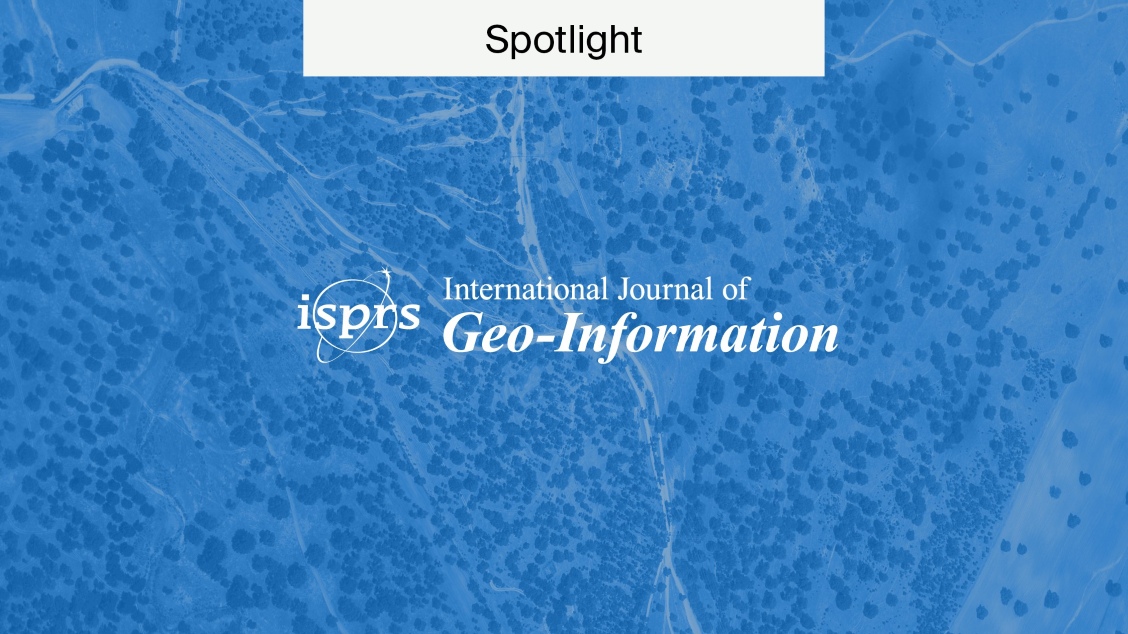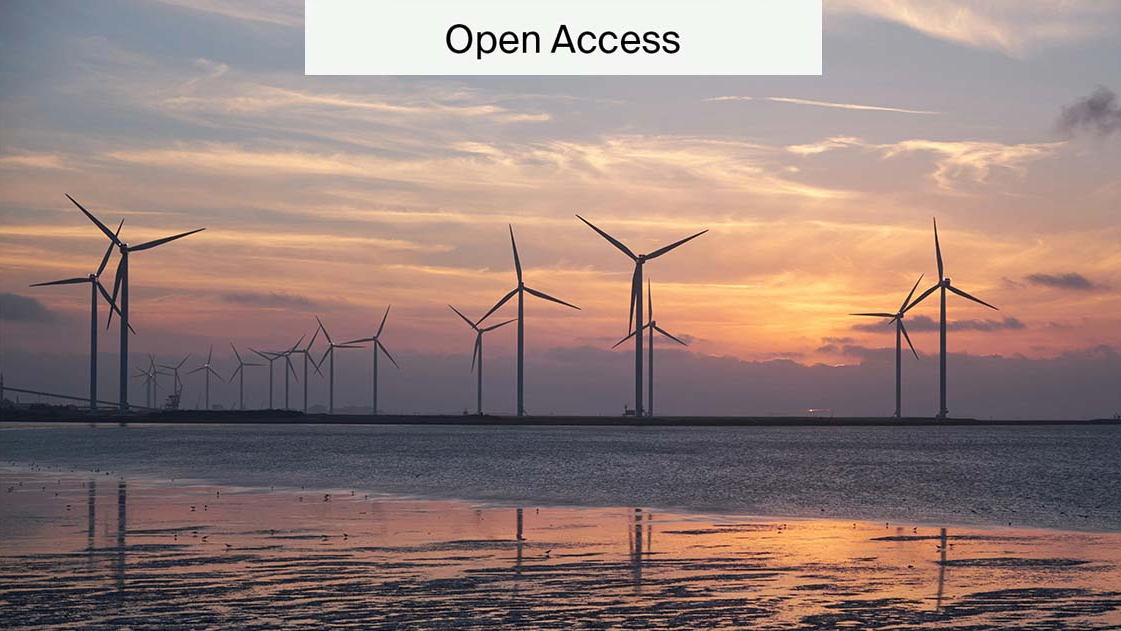
What is Citizen Science?
Citizen science is scientific work performed by ordinary people without any formal scientific training. It is recognised as a key part of open science by the EU and USA, as part of the broader movement towards ensuring all parts of science are openly and easily accessible.
Here, we explore what citizen science is and how it fits into open science.
What is open science?
Open science is an umbrella term that advocates for making sure data, evaluation, and peer review are openly accessible, among other things. If Open Access aspires to make the results of the scientific process (articles) open, then open science seeks to open the entire research process.
Overall, open science aims to make scientific research transparent and more collaborative. As an umbrella term, advocates of open science approach it from many different aspects.
In 2016, the EU’s Open Science policy established what it calls the eight ‘ambitions’ of open science. One of them is citizen science, where it argues that the general public should be able to make significant contributions towards the scientific process. As of 2024, the EU has over 300 projects on its citizen science hub.
Definitions of citizen science
Definitions vary for citizen science. Generally, it refers to scientific work, like collecting information, that is performed by ordinary people without special qualifications to help the work of, and usually led by, scientists.
Alongside the EU, the US government has a centralised catalogue of federally supported citizen science projects and, in India, there is the Centre for Citizen Science, a voluntary organisation “working as a bridge between society and research institutes”.
Examples of citizen science projects
An article in Sustainability reports on a citizen data collection project in the Upper Blue Nile Basin, Ethiopia. This area has a population of around 21 million that largely depends on subsistence agriculture and is being heavily impacted by changing rainfall levels due to climate change.
A citizen science project was conducted engaging students and farmers focused on collecting soil moisture, river and groundwater depth level, and soil resistivity measurements. These measurements are instrumental as early warning signs for drought and flood onset.
Ethiopia lacks any official monitoring for many of these necessary measurements. So, this project offers the community an opportunity to lead data collection, providing young people with scientific skills and training that can extend beyond the issues being directly addressed.
After three years, the students reflected that the project led them to:
- Gain experience.
- Enhance community interaction.
- Build connection and knowledge.
- Solve common problems together.
- See the connection between their environment and their wellbeing.
Overall, this project shows that citizen science can be designed mindfully and collaboratively to build ordinary people’s skills and work with them on addressing environmental issues that will shape their wellbeing.
Why is citizen science valuable?
Open Access is a movement that seeks to make research accessible to anyone, anywhere. It aims to remove any barriers to research, like paywalls.
Similarly, citizen science seeks to remove the barriers between scientists and ordinary people during the process of creating science.
At a time when misinformation is rife, especially around scientific issues, engaging citizens could help the public connect with scientists and increase their scientific literacy.
Furthermore, it could also remove this barrier for scientists, bringing them closer to the public, thus helping them communicate their findings directly.
Citizens can provide data that would otherwise be expensive, time-consuming, and resource-intensive to collect. At a basic level, the more people you have collecting data, the more data you’ll be able to collect, the more varied they’ll be, and the quicker you’ll be able to get them.
Concerns with citizen science
Some express concerns about the integrity and reliability of citizen science projects, especially around the collection of data.
Scientists are trained to collect data in ways that avoid biases and inaccuracies. However, a study found that the understanding of data management principles in citizen scientists is limited.
For example, the same study highlights that, in citizen science water quality assessments, emotional attachment to a site contributed to overestimating the water quality.
An article in Sustainability explores the topic of whether citizen science is good science. In an analysis of 895 citizen science projects, the authors found that 674, around 75%, did not produce a peer-reviewed paper.
Thus, they argue, the ‘science’ element of these projects is largely irrelevant as it is never validated or communicated. However, with increasing awareness of citizen science and more calls to embrace it, this could change as more scientists embrace projects that engage citizens.
Citizen science is open science
Citizen science has the potential to address gaps in the scientific literature and give communities more power to respond to their local needs.
Projects can educate people about the scientific process, bridging the gap between the scientific community and the public, increasing their potential for communicating results to the public.
MDPI has been advancing open science for more than 25 years. We regularly publish articles relating to citizen science and ensure the results are openly accessible to anyone, anywhere.
Click here for our article, All You Need to Know About Open Access, which covers a range of topics that can help boost your understanding and also keep you up to date.










